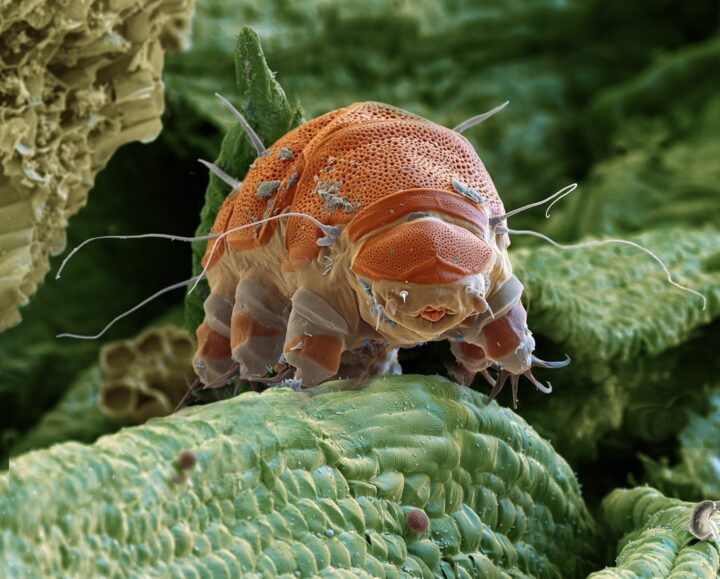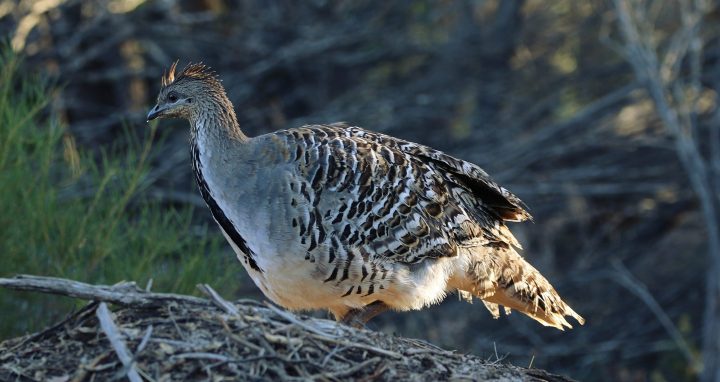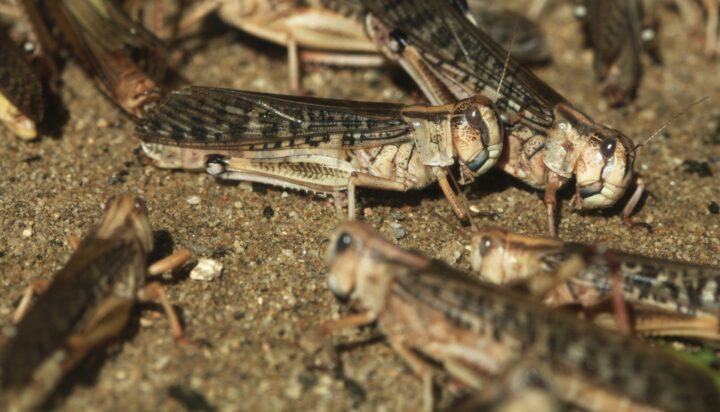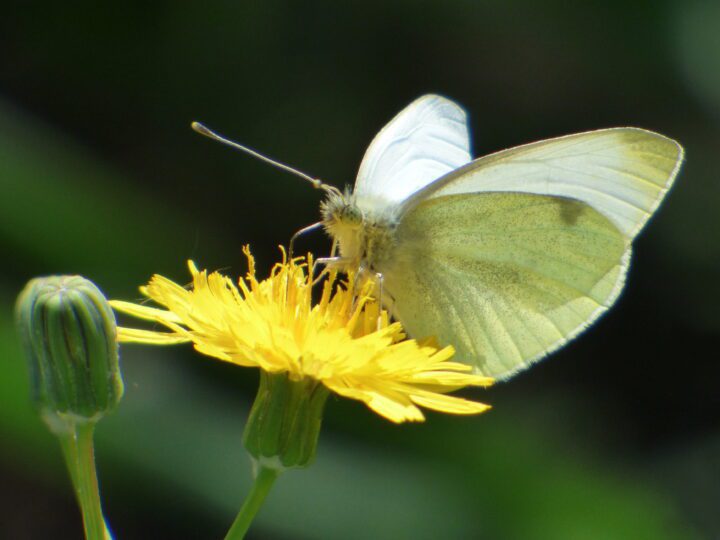Protect From Temperature
Many living systems function best within specific temperature ranges. Temperatures higher or lower than that range can negatively impact a living system’s physiological or chemical processes, and damage its exterior or interior. Living systems must manage high or low temperatures using minimal energy, which often requires controlling responses along incremental temperature changes. To do so, living systems use a variety of strategies, such as avoiding high or low temperatures, removing excess heat, and holding heat in. Insulation is a well-known example of managing low temperatures by retaining heat using thick layers of hair, fur, or feathers to hold warm air next to the skin.
Protect From Animals
Animals–organisms that range from microscopic to larger than a bus–embody a wide variety of harms to living systems, including other animals. They threaten through predation, herbivory, defense, and parasitism, and they compete for resources such as water, nutrients, and space. Any given living organism commonly faces threats from a variety of animals, requiring strategies that effectively defend from each. Trout and other bony fish, for example, escape predators by having scales made of very thin, flake-like pieces of bone covered with slippery mucus. They also have behavioral strategies such as camouflage, fast swimming, and twisting and turning to achieve release from a predator’s grip.
Distribute Energy
Many forms of energy are naturally available, including kinetic, potential, thermal, elastic, radiant, chemical, and more. All living systems require energy to carry out their many activities. Energy isn’t a physical object that can be held, so it also can’t be pushed, pulled, or carried. However, it can be transmitted or transformed. For example, the golden-scale snail has a tri-layered shell that dissipates, or transfers, forces from a predator biting down on it, thereby minimizing damage to its soft body inside the shell.
Move in/on Solids
To obtain needed resources or escape predators, some living systems must move on solid substances, some must move within them, and others must do both. Solids vary in their form; they can be soft or porous like leaves, sand, skin, and snow, or hard like rock, ice, or tree bark. Movement can involve a whole living system, such as an ostrich running across the ground or an earthworm burrowing through the soil. It can also involve just part of a living system, such as a mosquito poking its mouthparts into skin. Solids vary in smoothness, stickiness, moisture content, density, etc, each of which presents different challenges. As a result, living systems have adaptations to meet one, and sometimes multiple, challenges. For example, some insects must be able to hold onto both rough and slippery leaf surfaces due to the diversity in their environment.










